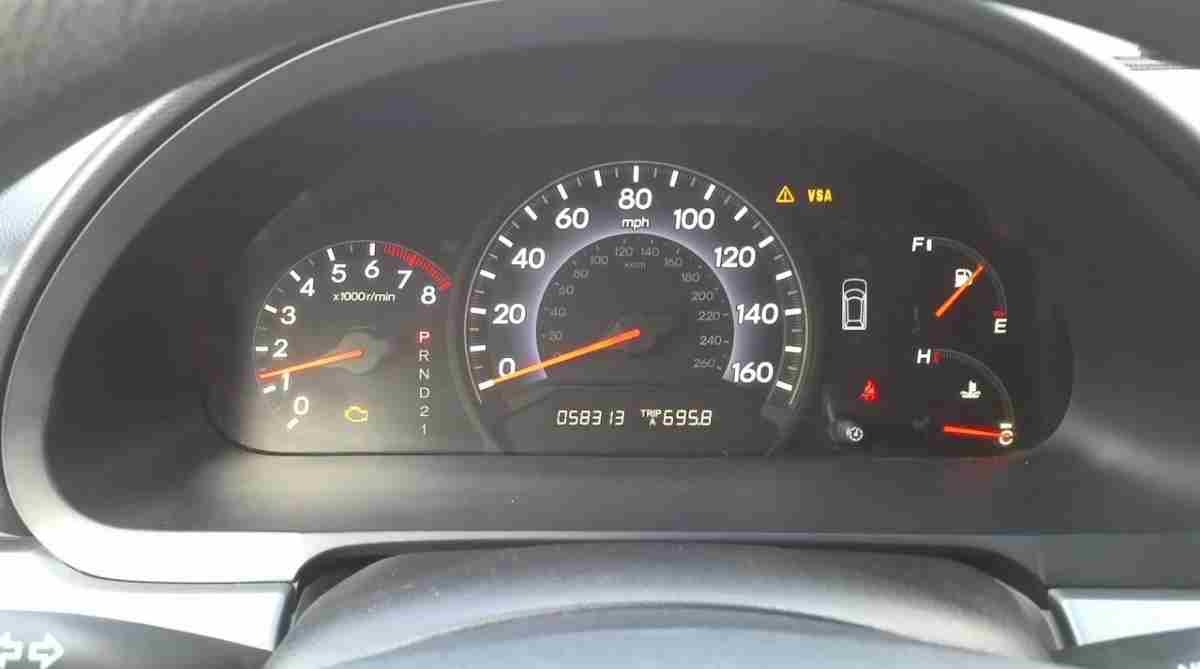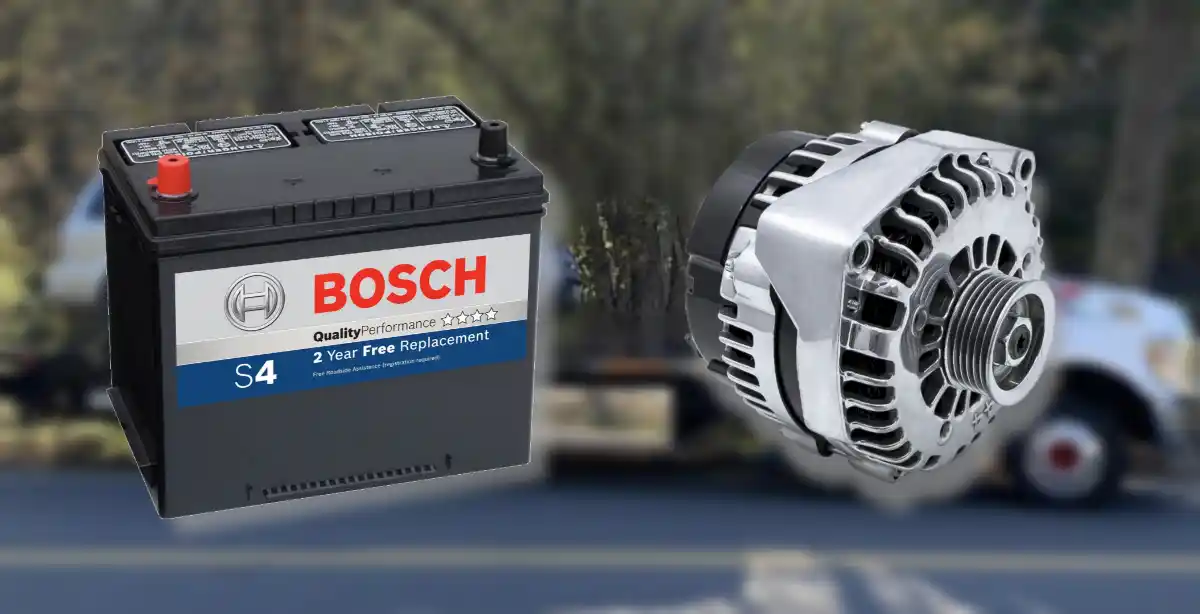This maintenance publication explains why your car starts but engine won’t rev. The first step in solving this issue is to identify the problem code and notice whether the Check Engine light is on or not.
The major causes of this behaviour are a clogged fuel pump (low fuel pressure), dirty intake hose, throttle body issues, and bad or dirty mass air flow sensor. Problem codes will help identify the specific problem and prevent other functional parts from being tampered with.
Although you can resolve some of the issues yourself, others need attention from an experienced mechanic. If you continue to read down the line, you will see some quick fixes to some major causes.
When this issue occurs, you notice that your vehicle will idle. However, once you push the gas, the engine does not rev. Perhaps, you have tried various ignition settings and injector phasing but the issue still occurs.
A car that will not rev is more commonly an issue with fuel or the timing is not in sync. However, other possible causes are addressed in this publication to get your vehicle revving again.

Car starts but engine won’t rev: causes and how to fix
This section covers the common reasons your car is not revving. Listed below are also the solutions or fixes:
-
Clogged fuel pump
This is a major reason why your car starts but engine won’t rev. The fuel pump is responsible for transferring liquid from the fuel tank to the carburetor or an internal combustion engine’s fuel injector.
Hydrocarbons, sediment, and other elements in gas will clog up the fuel pump, preventing sufficient gas from getting into the vehicle. As such, your car is only able to idle, but will not rev when you push the gas pedal.
In some cases, you will notice the engine RPMs fluctuating at idle. The engine idle may also be too low or dies, which is a result of a clogged fuel pump.
How to fix
The solution to getting your engine revving again after starting is to clean the clogged fuel pump. If necessary, you may need to buy a replacement fuel pump to properly fix the problem.
-
Dirty intake hose
Air intake hoses are designed to send controlled air to the combustion engine. However, a loose, dirt, leak or hole can compromise the air, which means car starts but engine won’t rev.
Cold air intake also causes performance problems in a vehicle. The air filter of a clogged or dirty cold air intake reduces engine power, which means low rev or no rev at all after you start the car. This also affects fuel efficiency.
How to fix
You can fix a dirty cold air intake hose. First, access the hood and remove the engine cover, if any. Remove the air intake hose connected to the air filter and clean it. You may have to replace the hose if broken or cracked.
-
A broken component in the throttle body
The throttle body in a car can be found between the engine’s air cleaner and the intake manifold, and lots of throttle bodies are made of aluminum.
Read also: losing oil but no leak or smoke?
The throttle body is attached to the gas pedal in a car using a flexible cable or linkage, allowing it to move the throttle shaft when you depress the gas pedal.
How to fix
You need to turn off the car. Get someone to assist you. While the person holds down the gas, check if the throttle body opens and closes.
Otherwise, ensure that the cables on the side are connected. If the cables are detached, reconnect them and try again to see if the throttle body opens and closes when the other person holds the gas pedal.
If the cables are connected and moving but the throttle body is not, there could be a broken component in the throttle body preventing it from moving.
However, if the cables are connected but not moving, check the gas pedal to determine the disconnection. The process could be complex, so professional assistance is necessary.
-
Failing throttle position sensor
The TPS (throttle position sensor) helps a car to determine the correct mix of air and fuel reaching the engine. It works by tracking the throttle and passing the information to the computer of the vehicle.
A failing TPS will affect how your vehicle revs which also means car starts but engine won’t rev. The reason is that the sensor readings fluctuate, causing the engine RPMs to rev high and drop low. This RPM fluctuation will result in bucking the car while driving.
How to fix
Consider resetting the throttle position sensor by unhooking the negative cable from the battery for up to 5 minutes. Or, you could instead remove the fuse for the engine control module.
You may not have to clean the throttle position sensor because of the possibility of wire damage or contamination. In extreme cases, consider getting a replacement TPS to prevent the car from not revving when you start it.
-
Low fuel pressure
Low fuel pressure can result from a weak pump, dirty fuel filter, faulty electrical control, improper tank venting, clogged pump inlet, and restricted fuel lines.
When you open the throttle to increase RPM, it increases the vacuum, pulling the fuel pressure lower, until the throttle is opened far enough that the vacuum goes down and eventually to 0.
How to fix
Depending on the cause of the low fuel pressure, the following fixes apply:
- Inspect the gas tank. Check if the gas tank leaks. Make sure no tank holding area has sticky spots or is wet. Otherwise, there may be a leak. The leak needs to be fixed or replaced z following a technician’s advice.
- The fuel lines. Inspect the nearby fuel line to ensure it is not broken or improperly connected. If out of place, tighten it firmly. If broken, replacement fuel lines are needed to fix the revving problem.
- Car battery. You want to check if all connections are hooked up between the battery and other systems. Test the battery life using a power probe or multimeter. The battery could be the reason your car gets low fuel pressure, causing the engine to start but not rev.
- Pressure regulator. Check the pressure regulator using a fuel pressure gauge. Refer to the automaker’s manual or your local dealership to know how to use the fuel pressure gauge in your car. If faulty, the regulator can be repaired. In extreme cases, however, you may need a replacement completed by a professional.
-
Duty or bad mass air flow sensor
The mass flow (MAF) sensor tells the air mass flow rate entering a fuel-injected internal combustion engine. Also, the air mass information helps the engine control unit to balance and deliver the proper fuel mass to the engine.
If faulty, the MAF sensor will leave excessive fuel in the combustion chamber, which creates untimed detonations. As such, the drivability will be poor, including low or no revving, vehicle hesitations, sudden jerking motions, etc.
How to fix
The solution is to clean the MAF to get the engine to rev when you start the vehicle. You can clean the MAF sensor yourself. Check online for resources from your automaker to know how to remove, clean, and reattach it to the air intake system of the engine.
Final thoughts
It is advisable to have an expert handle the diagnosis. Most experienced mechanics will also look for and fix other minor issues that may be potentially damaging to the car.

![Gas Leak from A Car [Symptoms, Causes and How to Fix] Gas Leak from A Car [Symptoms, Causes and How to Fix]](https://sanedriver.org/wp-content/uploads/2022/03/PicsArt_03-25-10.20.22.jpg)

Another great post, Bernard!
Very complete and concise!
Fixed my Civic car after reading your post (replaced throttle position sensor).
Thanks for sharing your knowledge, bro!
Waiting for your next great posts!